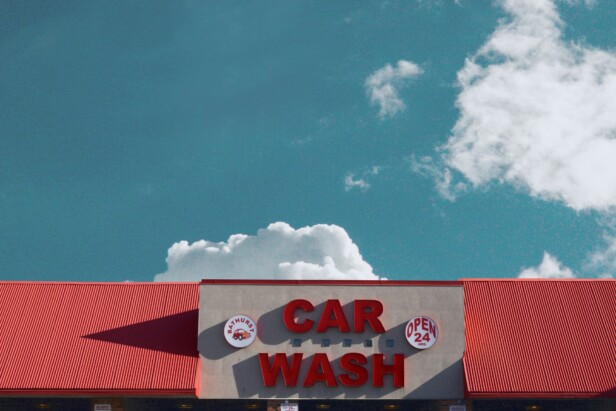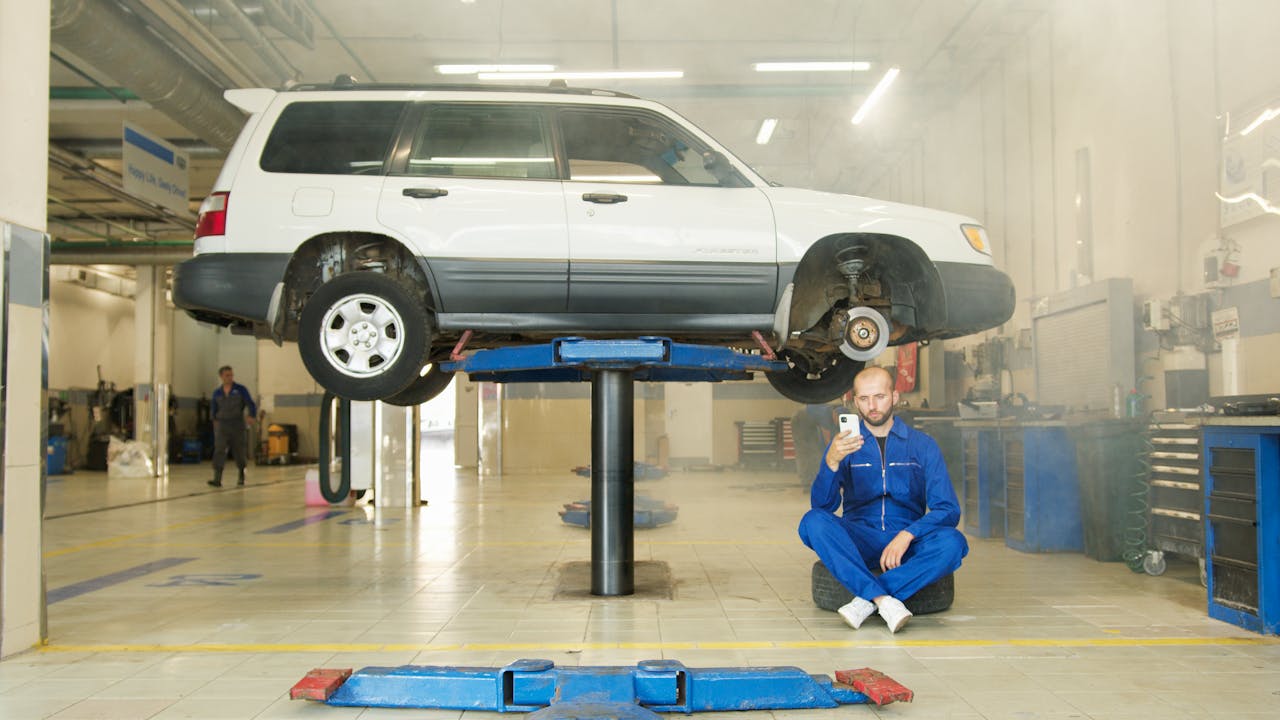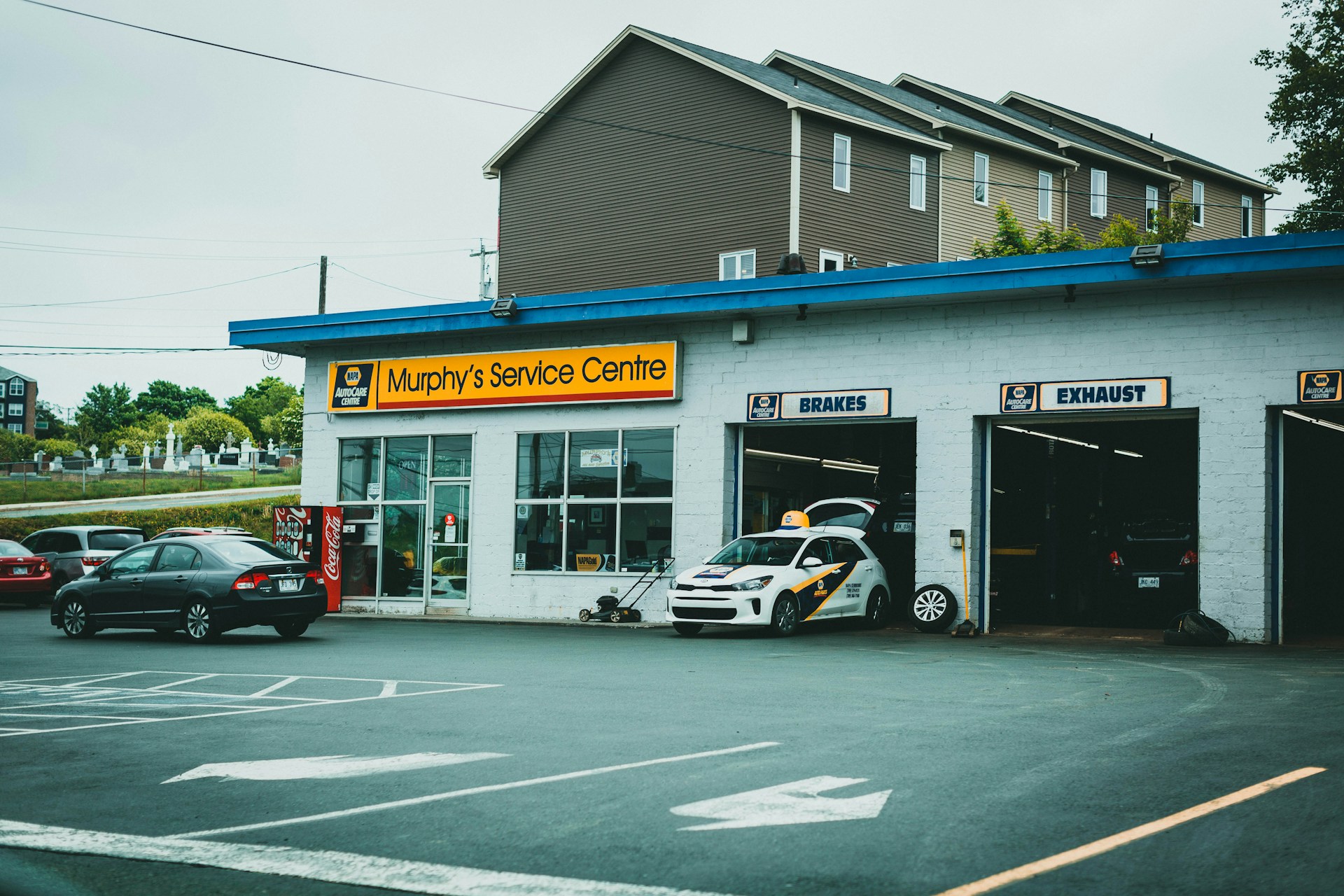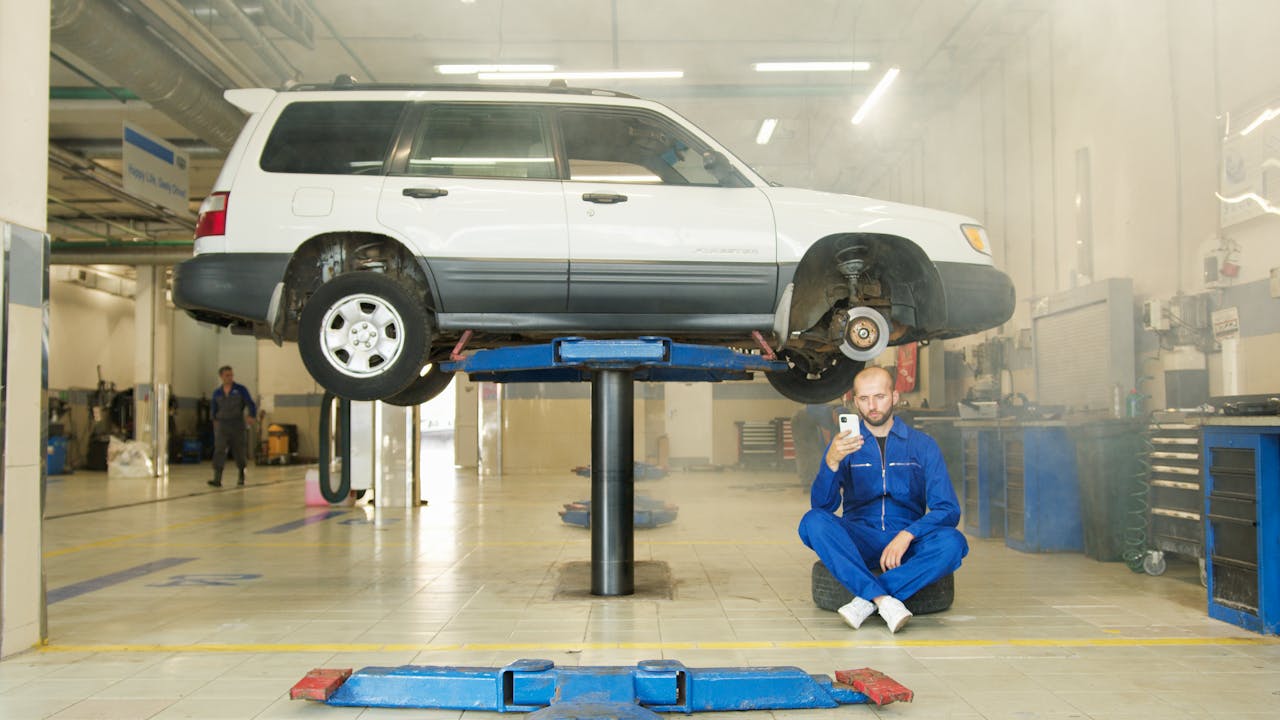Car wash equipment foundation specs in Plano require precise coordination of slabs, penetrations, and equipment pads to accommodate current installations and future system upgrades. The foundation work centers on strategic under-slab sleeves and piping routes that connect equipment rooms to water reclaim locations without requiring costly rework.
We focus on establishing isolated pads for heavy equipment like tanks and pumps while planning anchor bolt patterns for overhead wash frames and vertical support poles. The scope includes foundation work for canopies covering pay stations and vacuum areas, plus accessibility compliance for at least one self-service bay with proper control reach ranges.
What Under-Slab Sleeves And Cleanouts Are Called Out For Car Wash Equipment?
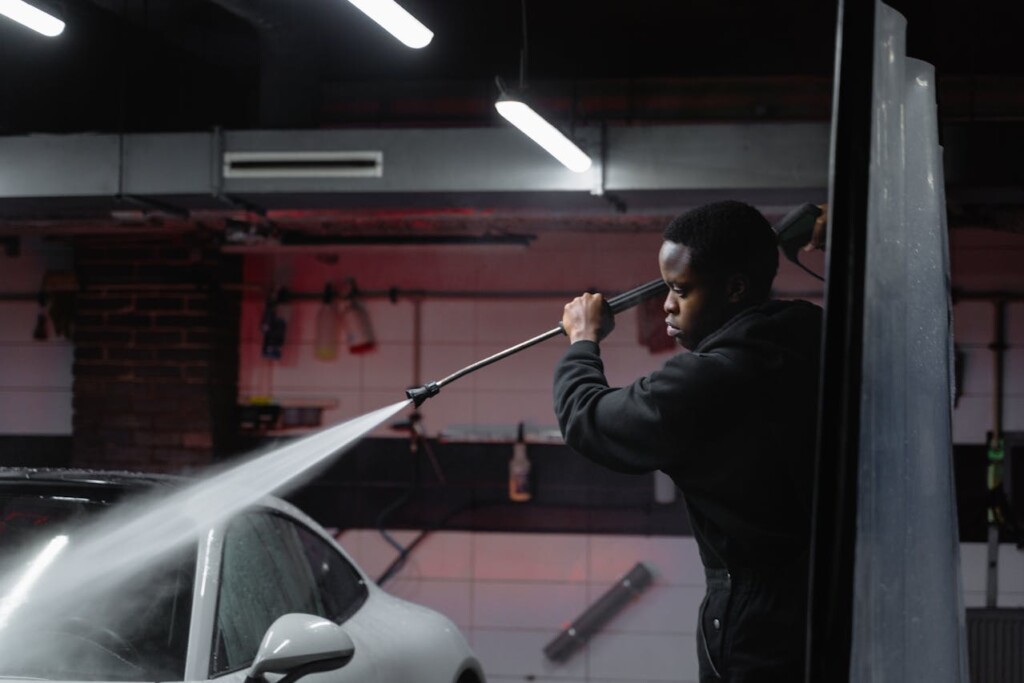
We reference Austin Plumbing Code 617.0 as a working example for under-slab sleeve requirements. The code specifies that newly installed car wash equipment must be sleeved or piped under the slab except for self-service spray wand systems. This forward planning supports future reuse equipment installations and routing to water reclaim areas without major excavation.
The positioning requirements are specific. Sleeves or piping must extend approximately 24 inches past the exterior wall from the car wash equipment room and 18 inches from the interior wall. Both ends require a cleanout extended to grade for maintenance access and system integrity.
These measurements create workable clearances for future equipment upgrades and maintenance activities. The 24-inch exterior extension provides adequate room for connection work outside the building footprint. The 18-inch interior clearance ensures technicians can access connections within the equipment room without interference from wall structures.
We coordinate these sleeve installations during the concrete pour to avoid costly post-construction modifications. The cleanout to grade requirement means each sleeve end needs an accessible inspection and maintenance point at finished floor level. This prevents system blockages and allows for routine cleaning operations.
For Plano projects, we verify the adopted plumbing code and local amendments before finalizing slab details. Local jurisdictions may have specific requirements that modify these baseline measurements. We recommend confirming sleeve sizing, cleanout specifications, and water reclaim system routing with the local authority having jurisdiction during the permit application process.
How Should The Slab And Foundations Align With Equipment Layouts?
Car wash equipment layouts follow predictable patterns that directly influence slab design decisions. A typical setup positions a water tank, control box, and water pump near the equipment room, while overhead wash nozzles mount on a framed structure supported by vertical poles throughout the wash bay. These components require specific foundation support that we coordinate during the design phase.
Equipment pads must be isolated from the main slab to prevent vibration transfer and accommodate differential settling. Heavy items like water tanks need dedicated pads with reinforcement calculations based on concentrated loads. The control box requires a stable mounting surface at accessible heights, while water pumps need vibration-dampening pads that prevent operational noise from traveling through the structure.
Anchor Bolt Coordination For Overhead Systems
Overhead wash systems depend on precisely located anchor bolts cast into the slab or separate footings. The vertical poles supporting wash nozzles create significant lateral forces during operation, requiring deep embedment and adequate spacing. We establish bolt patterns early in the design process so structural steel suppliers can prefabricate connections that align with field conditions.
Each vertical pole location gets surveyed and marked before concrete placement. Anchor templates ensure consistent positioning, and we verify embedment depths against manufacturer specifications. Overhead frames often span multiple support points, making dimensional accuracy critical for proper assembly.
Conduit Routing And Slab Penetrations
Electrical and plumbing routes from the equipment room to wash bays require careful planning beneath the slab. Conduit routing follows the shortest practical paths while avoiding conflicts with structural elements and equipment pads. Sleeves placed during concrete work eliminate the need for core drilling later, which can compromise slab integrity.
We coordinate these routes with the mechanical and electrical trades before slab placement. Each penetration location gets marked and protected during concrete operations. Spare sleeves often prove valuable for future upgrades or maintenance access that wasn’t initially anticipated.
Vehicle Path Clearances
Clear vehicle paths prevent conflicts between moving cars and fixed equipment or structural posts. Standard passenger vehicles need adequate clearance on both sides, typically 18 inches minimum from any obstruction. Larger vehicles require additional consideration, especially in areas serving commercial fleets.
Posts and equipment placement affects traffic flow patterns throughout the facility. We model vehicle turning radii to ensure smooth entry, washing, and exit sequences. Conflicts identified during design prevent costly modifications after construction completion.
Multi-Bay Canopy Integration
Multi-bay car wash sites typically include pay booth canopies and vacuum canopies that require coordinated footings with the main structure. Canopy footings must align with architectural elements and utility routing while providing adequate support for wind and seismic loads. The timing of steel delivery and erection depends on having these foundations ready when scheduled.
Pay booth canopies often incorporate electrical and data connections that route through the footings to underground utilities. Vacuum canopy areas need similar coordination for power and compressed air lines. We design these footing systems to accommodate the specific equipment loads and connection requirements shown in manufacturer drawings.
What Accessibility Issues Affect Bay Layout And Slab Details?
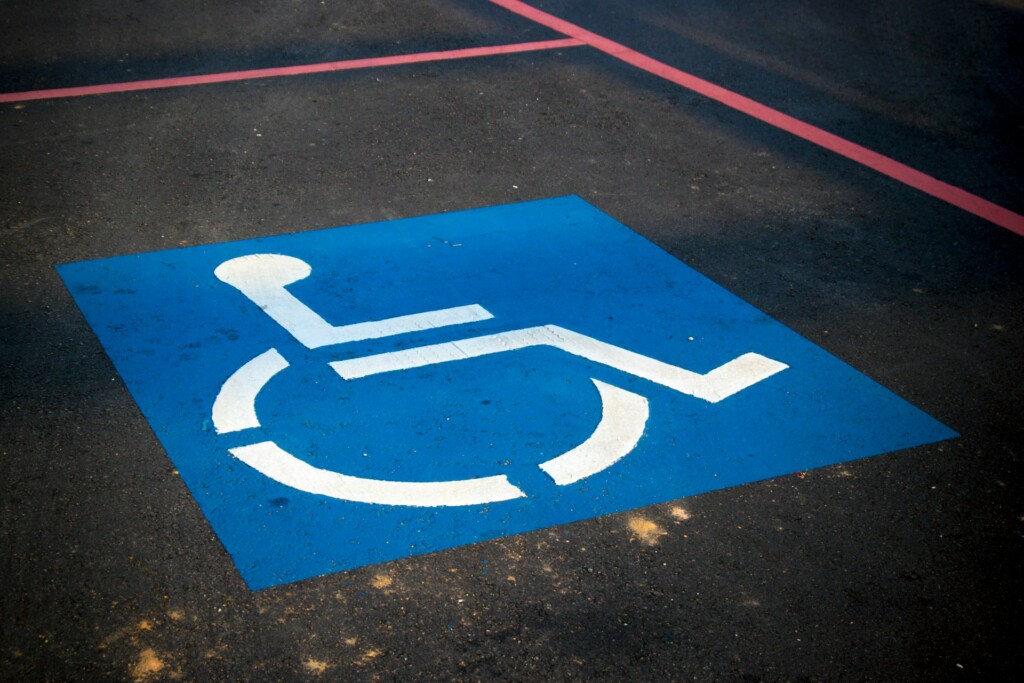
Plan reviewers consistently apply accessibility requirements to car wash facilities. We encounter jurisdictions that require at least one self-serve bay to meet accessibility standards, regardless of the facility type. This requirement stems from car washes being classified as places of public accommodation under ANSI A117.1 and IBC Chapter 11.
Control reach ranges represent the primary accessibility concern during plan review. All controls must fall within accessible reach ranges, typically 15 to 48 inches above the slab. This includes payment machines, wash controls, and emergency shut-offs. We position controls to allow approach from multiple directions, ensuring compliance regardless of user mobility equipment.
Bay Clearance And Maneuvering Space
Bay dimensions must accommodate wheelchair maneuvering around an average-sized vehicle. Plan review discussions typically reference 36-inch clearance on all sides of a standard passenger vehicle. We design accessible bays wider than standard bays to provide this clearance without compromising vehicle washing operations.
The cross-slope for drainage creates tension with accessible route requirements. ANSI A117.1 limits cross-slope to 1:48 for accessible routes, while effective drainage often requires steeper slopes. We coordinate with the authority having jurisdiction early to determine acceptable compromises between drainage effectiveness and accessibility compliance.
Bay Type Selection And Automatic Systems
Automatic bays often provide better accessibility compliance than self-serve bays. The simpler user interface reduces the number of controls requiring accessible positioning. Users remain in their vehicles throughout the wash cycle, eliminating the need to maneuver around the vehicle with washing equipment.
Self-serve accessible bays require additional considerations for wand storage, hose management, and user safety. We position wand holders within accessible reach ranges and design hose routing to minimize trip hazards in the accessible path of travel.
Support Facilities And Code Coordination
Toilet room requirements generate frequent questions during accessibility reviews. While not explicitly required for all car wash facilities, many jurisdictions require accessible restrooms when any public facilities are provided. We coordinate with the authority having jurisdiction during early design phases to clarify restroom requirements for each project.
ADAAG compliance extends beyond bay design to include parking, accessible routes to the facility, and any customer service areas. We verify that the entire site plan supports accessible use, not just the designated accessible bay.
How Should Plano Project Teams Tie Foundation Specs To Local Context?
Car wash providers throughout Texas regularly design structures that align with regional building codes while addressing the specific infrastructure requirements common to Dallas-Fort Worth area developments. Multi-bay tunnel configurations require extensive coordination between structural footings, utility penetrations, and equipment placement. Pay booth canopies and vacuum canopies each demand their own footing systems and electrical routing, creating multiple coordination points that benefit from early planning.
The Texas Commission on Environmental Quality addresses water conservation requirements for vehicle wash systems through their environmental compliance framework. TCEQ guidance for car washes emphasizes proper management of wash water and consideration of reclaim system installations. Water reclamation systems require dedicated under-slab routing for collection piping, treatment equipment connections, and distribution lines back to wash equipment. We coordinate these routing requirements during the initial slab design phase to avoid costly modifications later.
Plano follows the International Building Code with local amendments, but specific interpretations can vary between jurisdictions. The local authority having jurisdiction maintains final authority over accessibility compliance, plumbing code requirements, and structural details for canopy installations. We verify current code adoptions and any local amendments before finalizing foundation specifications. This coordination prevents delays during plan review and ensures our designs align with enforcement practices in the Plano market.
Regional car wash projects demonstrate consistent patterns in equipment selection and layout preferences. Multi-bay tunnel operations typically include automated payment systems, vacuum stations positioned for optimal traffic flow, and water reclaim infrastructure sized for anticipated daily volumes. The foundation work must accommodate current equipment while allowing flexibility for future upgrades or reconfiguration. We approach each Plano car wash project with this long-term perspective, ensuring the structural elements support both immediate operational needs and potential expansion scenarios.
Final Words
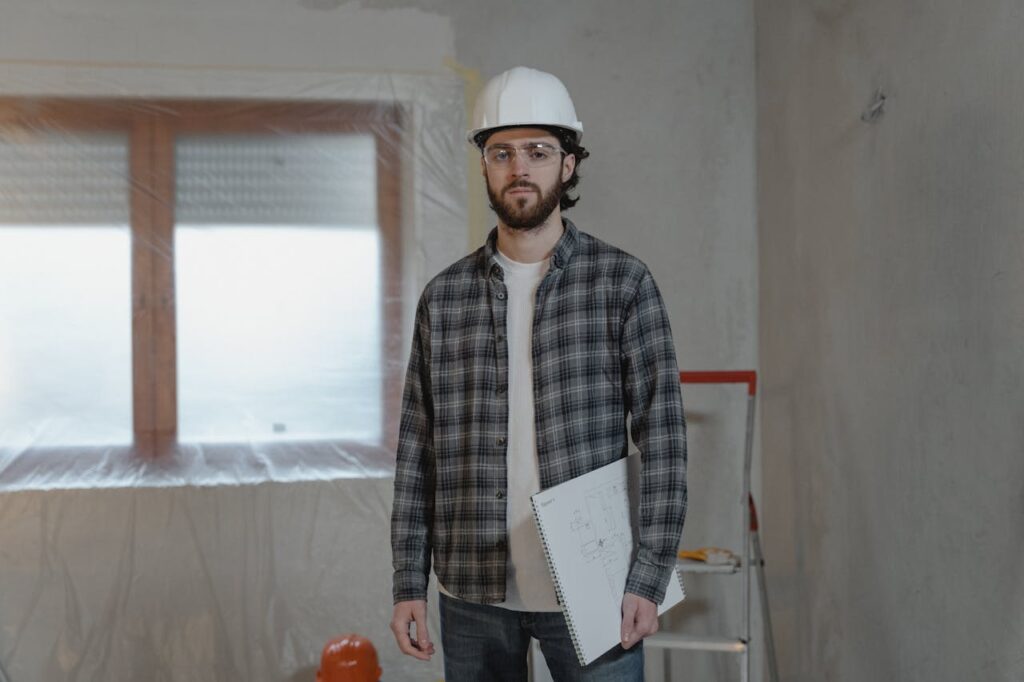
In conclusion, the foundation of a Plano car wash is a complex system that demands meticulous, forward-thinking design. Successfully integrating under-slab plumbing for future upgrades, isolating equipment pads to manage vibration, ensuring precise anchor bolt placement, and navigating local accessibility and environmental codes are all critical for long-term operational success. This foundational work is not merely about pouring concrete; it’s about creating a robust, adaptable, and compliant infrastructure that supports the business for years to come.
Don’t let overlooked details undermine your project’s foundation. Contact EB3 Construction to ensure your car wash is built with the expert coordination and foresight necessary to handle today’s equipment and tomorrow’s innovations.

